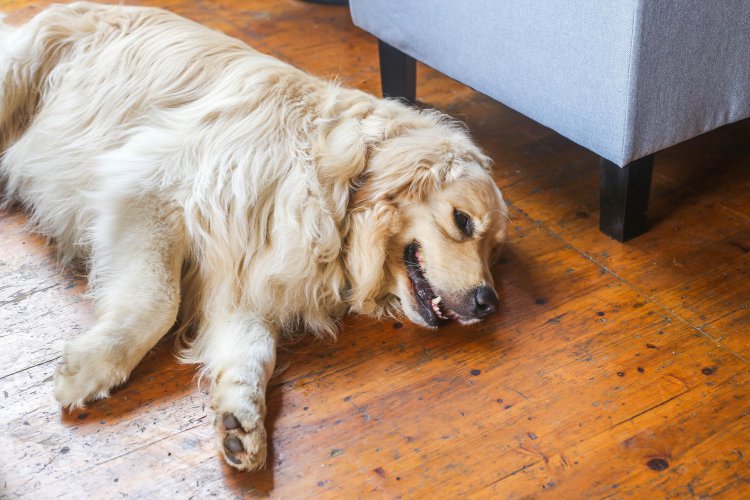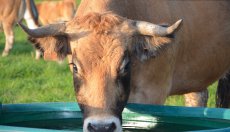
Dog dysplasia - symptoms, prophylaxis and treatment
Dysplasia is a problem that usually affects large dog breeds. Causes serious problems with normal movement; at some point the dog is unable to function properly.
Dog hip dysplasia
The owners of large dogs know perfectly well what ailments these animals are exposed to. Hip and elbow dysplasia is, unfortunately, a very common condition here. It is worth knowing how it can be recognised and what its treatment is all about.
Dog dysplasia
Joint dysplasia is a genetic disease that occurs mainly in large breeds, although smaller individuals may also be exposed to it. The genes themselves are the basic factor that influences it, but not the only one. Diet and physical activity, for example, have a great influence here. Owners often forget that providing your dog with the right food and the right amount of exercise every day is essential for taking care of his pet's health. If we ignore such things, our dog will be much more at risk of dysplasia. In addition, the disease will have a worse course in him than in the case of a well-kept dog.
Genetic background of the disease
The genetic background causes the disease to be transmitted from parents to their offspring. So if your dog's parents suffered from dysplasia, it is very likely that these problems will also affect your pet. However, this does not mean that the offspring of sick parents are clearly condemned to illness. In addition, risks can be significantly reduced through appropriate preventive measures and regular testing. The risk is also present in dogs with healthy parents, although in this case it is of course much lower - it is not likely to exceed 10%. Nevertheless, every owner of a dog belonging to any large breed should be aware of the existence of such threats and know what preventive measures are all about.
Prevention: how to avoid dysplasia?
A proper diet is one of the most important things here. Your dog's body weight should be ideal - not too high or too low. Dysplasia affects overweight dogs much more often. However, if you notice it in your pet, don't be prepared to lose weight quickly and limit your dog's food. In this case, we need to focus on long-term work, which will be much healthier.

If you have a large dog, it is advisable to have a prophylactic check-up as early as possible. They will allow you to determine how susceptible your pet is to the disease and how high the risk is in his case.
It is worth remembering that in the case of big dogs it is necessary to approach physical activity appropriately. Puppies under 12 months of age should not be forced to exercise too much, as this affects the development of their muscles and bones.
Dog dysplasia - symptoms
The symptoms of dysplasia are quite varied, but in most cases they can be easily seen. They are often visible in the early period of life, already around the second month. Of course, you have to look at how our dog moves - it is precisely on the basis of his walk that you can read whether a disease develops in him. A characteristic feature is casting the back of the body while walking. For a dog suffering from dysplasia, movement alone becomes something difficult and uncomfortable. The pet then shows a reluctance to any form of movement, does not want to go for walks, spends most of the time lying down. Your dog is usually lying on his side so that he doesn't pull his paws under himself - it causes him pain. Sooner or later you may also notice other problems with movement. The dog starts to crumble, often loses balance, walks in a wobbly step. If the disease is already advanced, even paresis of individual limbs can occur.
Dog dysplasia - treatment
If the disease is still relatively undeveloped, conservative treatment is applied. It is mainly about taking care of your dog's health through the introduction of an appropriate diet and physical activity. In the case of more advanced diseases, unfortunately, surgical treatment becomes necessary.
Is dysplasia in a dog curable?
In the case of conservative treatment, appropriate drugs may also be used. Their main purpose is to protect the dog against possible inflammatory conditions. If dysplasia is already more advanced, the only way to cure it will be surgery. The method of surgical treatment itself adapts to the specific dog, taking into account its age and other physical conditions.
View

The Do’s And Don’t’s Of Livestock Water Troughs

The process of domestication of horses






























